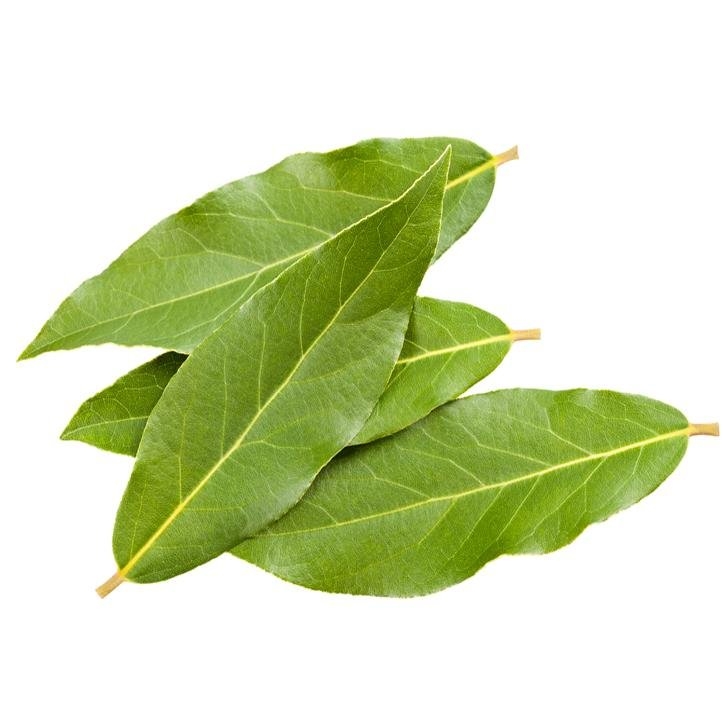Description
Tree from the Lauraceae family that might reach 20 m high (normally between 2-10 m). Bark is dark grey, smooth, erect with green cylindrical branches that darken throughout the years. The top is dense and somewhat irregular. Perennial tree; entire, alternate leaves 10 cm long x 5 cm wide, petiolate with 1 cm reddish petiole, coriaceous and shining with wavy margins, deep green on the front and matte on the back of the leaf, elliptic-lanceolate with sharp apex. The principal nerve is visible at the front and prominent at the back. Dioecious tree with pale yellow flowers displayed in small groups over a short common peduncle, distributed in the leave axils. Those in male plants are gathered in groups of five between a couple of scarious bracts that get dark and fall into anthesis. The calyx composed by four whitish-translucent sepals holding within numerous stamens (8-15). Yellowish stamens with round anthers and a greenish pistil of short style. Blooms in March and April. The fruit is an oval-shaped sheath that turns violet and black when ripe. It holds within a wide seed.
It is indigenous of the Mediterranean countries and it prefers shadowy and humid places, avoiding extreme temperatures. It is often found among ornamental plants in gardens and for cooking purposes. It also grows in the wild around oak trees, chestnuts and at the foot of cliffs, etc. In general, is distributed lengthwise the Mediterranean region.
Part used
Leaves, fruits. The oil obtained from them by hydro-distillation (from 10 to 30 ml/Kg).
They are gathered during the year. For culinary purposes the best leaves are harvested during winter, as their levels of cineol provides a better scent.
Indications
Internal use
- Lack of appetite, hyposecretive dyspepsia and intestinal spasms. Leaves are used for cooking and help digestion and nutrients absorption, as well.
- Dysmenorrhea and amenorrhea.
External use
- Local treatment for rheumatic disorders (arthritis, osteomuscular and deforming rheumatism and muscle contractions) with hot compresses or rubbing with diluted oil. Adding them to a hot bath helps to soothe sore muscles.
- Gargles to treat oral mucosa local disorders.
- Pediculosis.
Bibliography
Berdonces i Serra, J. Ll. (2001) Gran Enciclopedia de las Plantas Medicinales. Tikal. Madrid.
Bruneton, J. (2001) Farmacognosia. Fitoquímica. Plantas medicinales. 2ª Edición. Acribia, S.A. Zaragoza.
Cañigueral, S., Vila R., Wichtl M. (1998) Plantas medicinales y drogas vegetales para infusión y tisana. OEMF International. Barcelona
Chevallier, A. (1997) Enciclopedia de las Plantas Medicinales. Acento. Madrid.
Lastra, J.J., Bachiller L.I. (1997) Plantas medicinales en Asturias y la Cornisa Cantábrica. Trea. Gijón (Asturias).
Vanaclocha B., Cañigueral S. (eds.) (2003) Fitoterapia, Vademécum de Prescripción. Masson. Barcelona.
